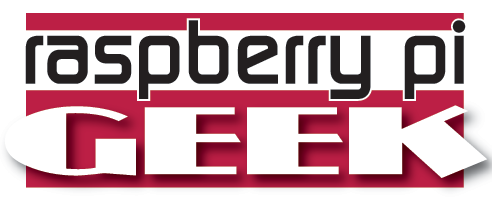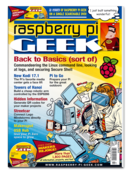Testing the NanoPi NEO and the NanoPi 2 Fire
A manufacturer of ARM computers can find it difficult to garner headlines because not much difference can be found among the numerous implementations being produced. Low pricing and a minimalist form are considered the crowns of achievement and are more highly contested. However, the hobbyist is glad for each additional option, because small differences can affect the outcome of individual projects.
In this article, I introduce two devices from the NanoPi series by FriendlyARM [1]. This Chinese hardware manufacturer offers additional accessories, such as displays and sensors, in addition to systems on a chip (SoCs). I focus here on the NanoPi NEO and the NanoPi 2 Fire. The NEO is very small and minimalist; the Fire is not much bigger, but better equipped and with a smaller price tag than that of a standard Raspberry Pi (Rasp Pi).
Figure 1 shows, from left to right, a size comparison among the NanoPi NEO, Pi Zero, NanoPi 2 Fire, and a regular Rasp Pi. Table 1 shows a selection of the most important features of each device.
[...]
Buy this article as PDF
Pages: 6
(incl. VAT)






